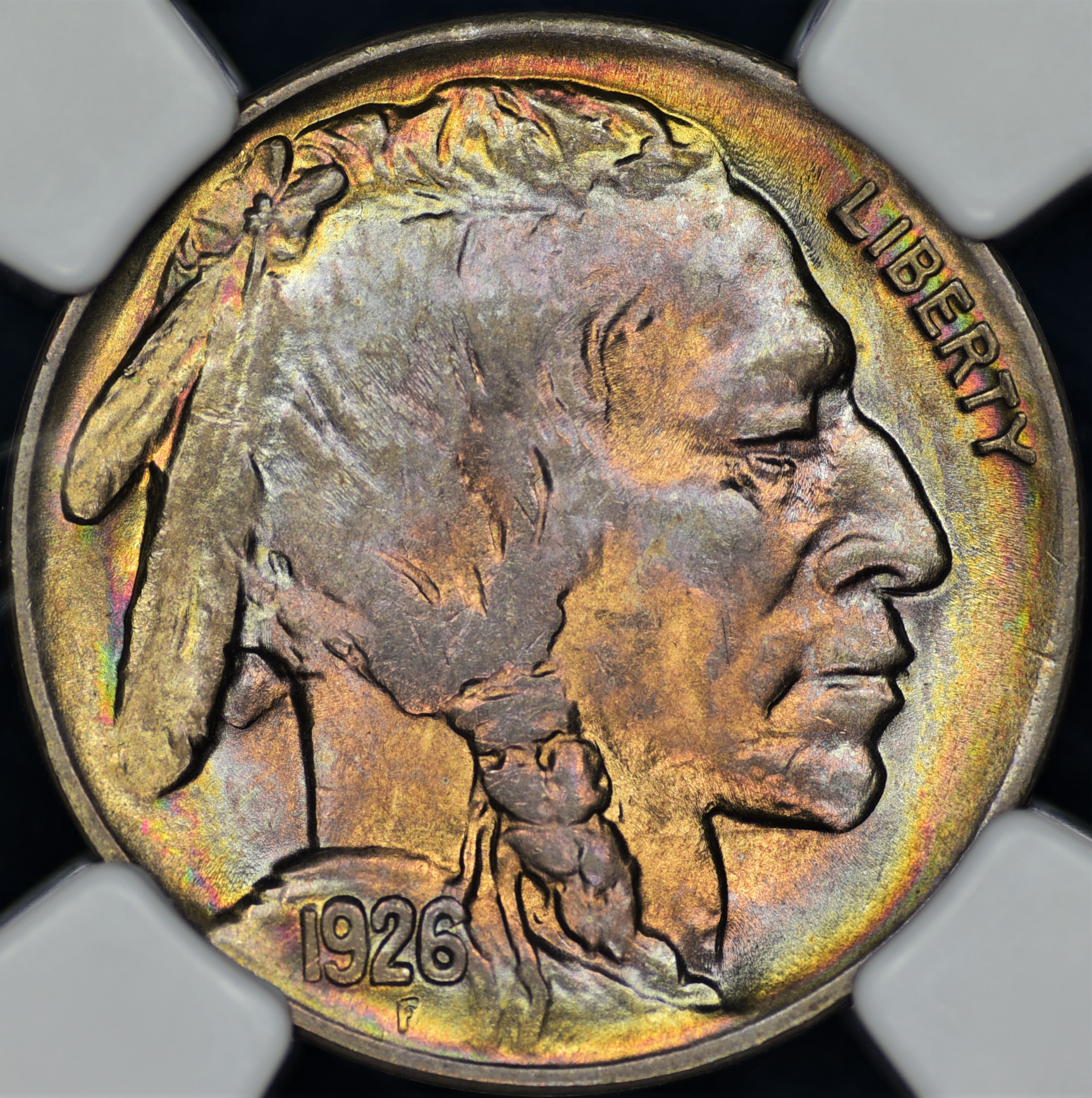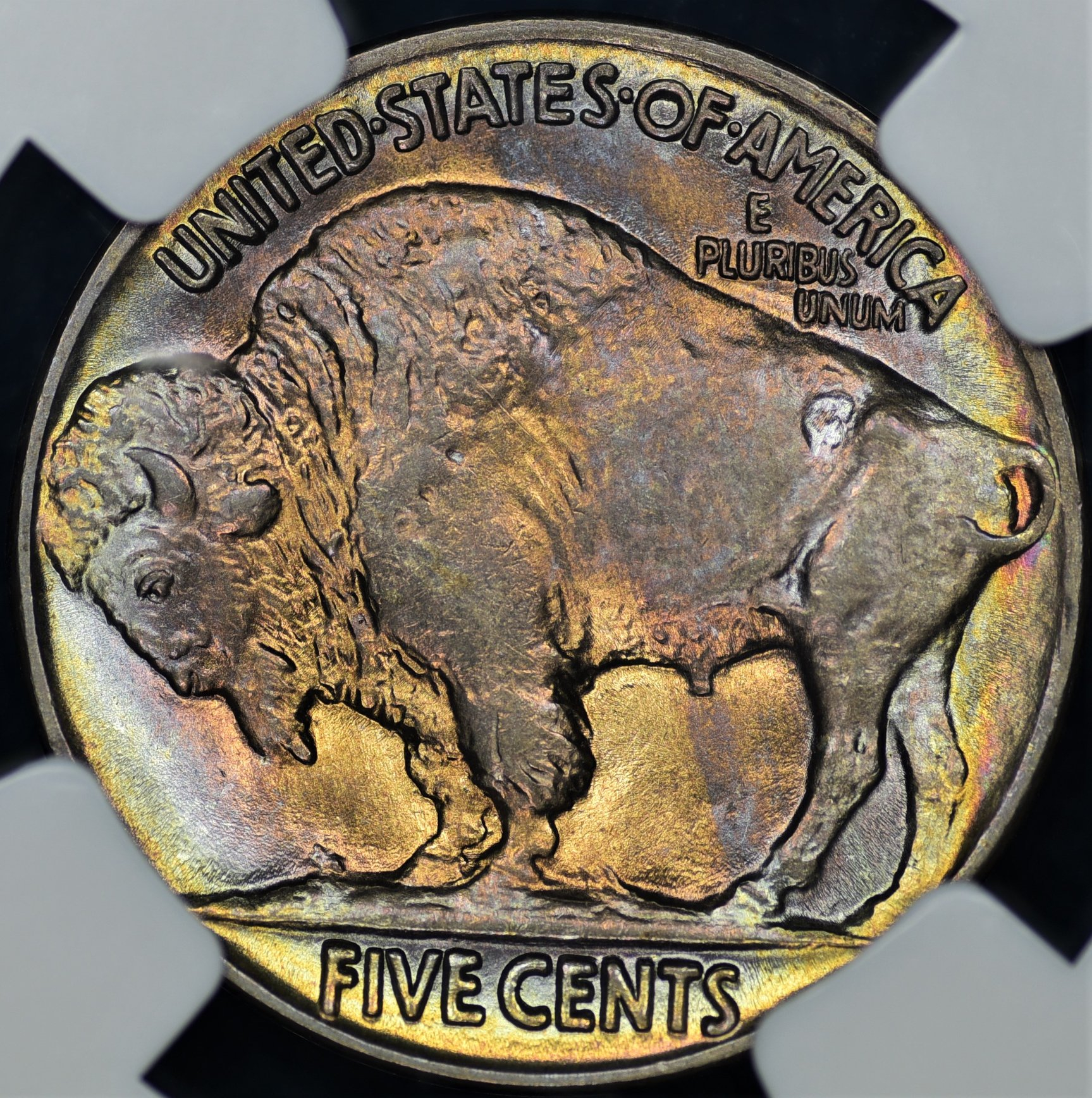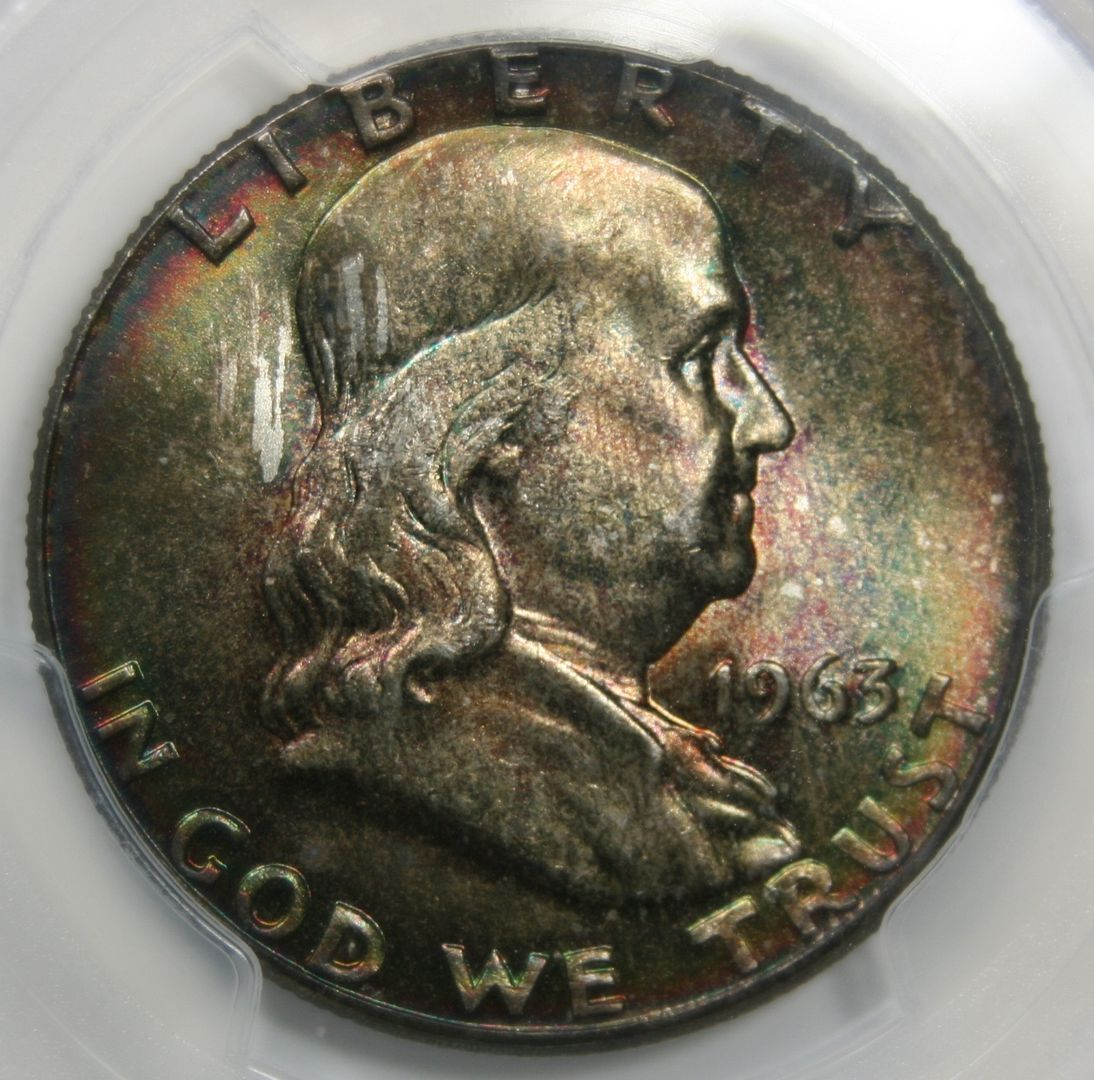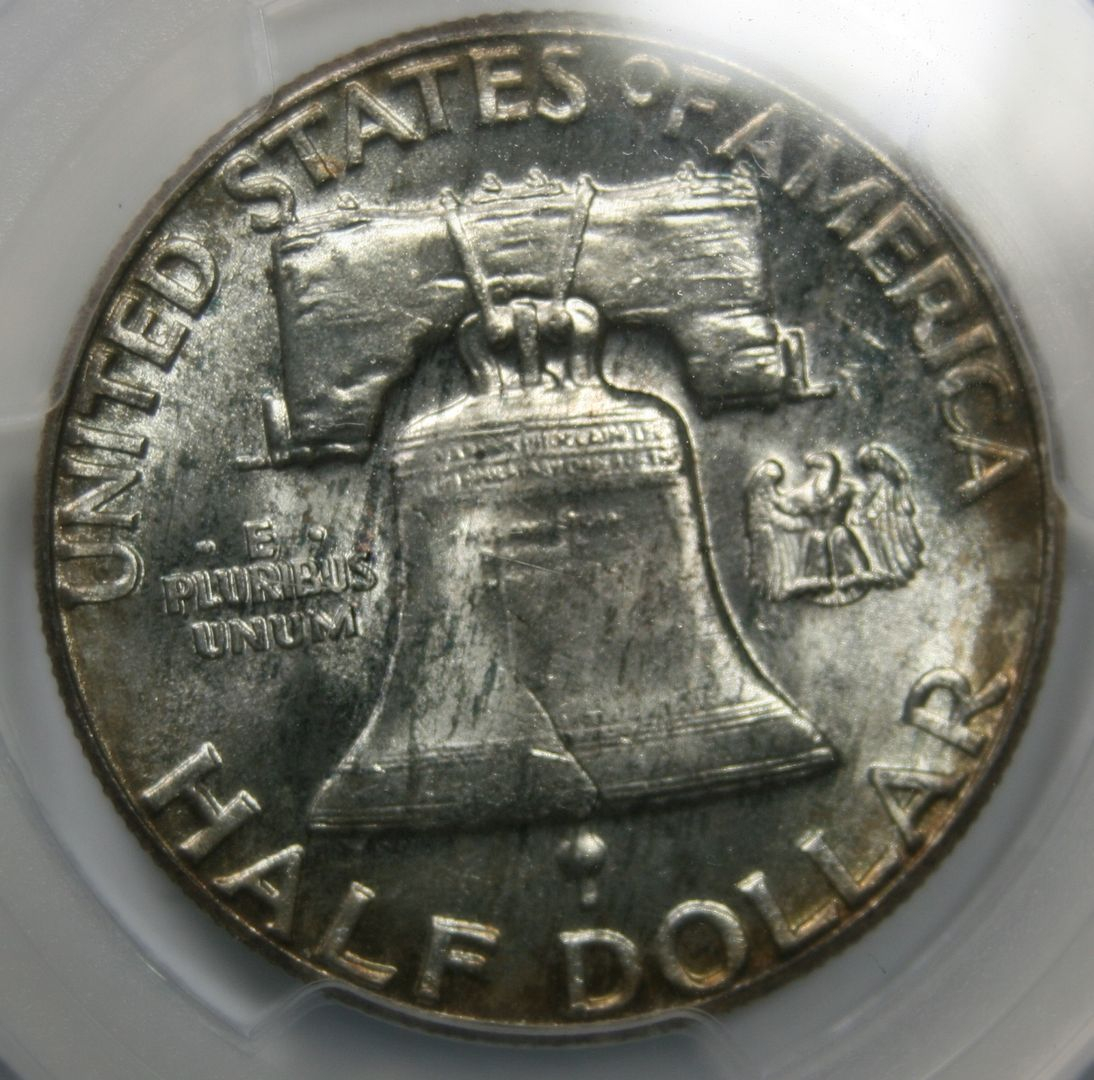Has anyone ever seen a plus graded coin with.....
 drddm
Posts: 5,415 ✭✭✭✭✭
drddm
Posts: 5,415 ✭✭✭✭✭
Either a considerably weak strike or darkly toned?
Dave
0
 drddm
Posts: 5,415 ✭✭✭✭✭
drddm
Posts: 5,415 ✭✭✭✭✭
Either a considerably weak strike or darkly toned?
Dave
Comments
I have not and would be surprised if I ever did.
Yes, I've seen Roosie dimes graded 67+ with mushy strikes. The toning was generally spectacular, however.
Your qualifiers are subject to interpretation. However, yes, on quite a few occasions to “darkly toned” and possibly/probably to “considerably weak strike”.
Think about it this way - if you can easily envision a particular coin as a 64, but for weakness in strike or dark toning, why not a 63 in some instances or a 63+ in others? Or if the coin should be really heavily penalized, why not a 62+ instead of a 63?
Mark Feld* of Heritage Auctions*Unless otherwise noted, my posts here represent my personal opinions.
According to PCGS... "Plus Grades" exhibit exceptional eye appeal for the grade and constitute the top 30% of the coins in the grade.”
So it sounds like, as long as the considerably weakly struck or darkly toned coin has exceptional eye appeal, it can get a plus within the designated grade.
However, doesn’t PCGS take into account strike when grading a coin?
How much consideration do they give to strike when compared to the other characteristics that go into a coin’s grade?
Rank these in order of highest to lowest importance (in your opinion) for how PCGS grades a coin... strike, luster, surface wear (circulated coins), and eye appeal?
Dave
@ricko - Close your eyes. Here is my darkly toned 83-CC in a plus grade:
There are tons of Peace dollars in plus holders. Many (most?) of them aren't well-struck.
This coin is, simultaneously, all of the following:
@BryceM , that's a really clean and lustrous 22-S Peace! It seems that weakly struck coins often have excellent luster. It also seems they were often struck in San Francisco.
@pointfivezero....
 Cheers, RickO
Cheers, RickO
It’s often true that really lustrous coins often come from worn dies..... but that’s not the same thing as weakly struck. Brand-new dies can impart really sharp detail, a satiny type of luster, and still be weakly struck in the centers. I have a photo of a Peace dollar like this. I’ll try to find it.
@pointfivezero that's not dark.......That's really nice and probably should have received a star.
Sometimes, it’s better to be LUCKY than good. 🍀 🍺👍
My Full Walker Registry Set (1916-1947):
https://www.ngccoin.com/registry/competitive-sets/16292/
Does the year & mintage's overall strike and luster play into the Plus consideration? An 81-S Morgan with a great strike and blooming luster (as common as they come) should be difficult to get a Plus, but wouldn't that same strike and luster on a 92-O deserve to get the Plus, and maybe even a bump in grade?
Apparently the only coins that the SF mint did a good job on were the Morgans.
Thanks @Walkerfan. For some reason, I think @ricko begs to differ.
I guess this qualifies, though it may be more the result of worn dies.
MS64+BN
- Bob -

MPL's - Lincolns of Color
Central Valley Roosevelts
not sure if this qualifies but it's a beauty in hand

another pic set of the same coin


I think, over the years, PCGS (and NGC) have loosened up on the strike factor. As the graders (and services) have learned the strike characteristics of certain issues, they have been more lenient on the strike and graded the coin based on marks, etc. This has been an issue for many years
when it comes to grading coins. As an example, do you grade a 1919-D Walker that is flatly struck (as it came from the mint), but is
technically perfect, a 63....or 64....or even higher? The same can be said for an 1892-O Morgan which is always very weak over the ear. Many other issues can be used as examples. IMHO If a coin is weakly stuck but "as it came from the mint",
it should be graded with little regard to the actual strike. The market will ultimately determine the "value", and certainly value a coin with a better strike verses
a weak strike, all other things being equal. Opinions?
Opinion - you are correct. And I think many collectors are under the mistaken impression that strike carries more weight in the grading of coins than it actually does.
Mark Feld* of Heritage Auctions*Unless otherwise noted, my posts here represent my personal opinions.
NLH
End Systemic Elitism - It Takes All of Us
ANA LM, LSCC, EAC, FUN
Strike is weighted at ~15% of a coin’s total grade, according to PCGS grading guidelines.
Here’s an older thread about it: https://forums.collectors.com/discussion/989202/60-surface-preservation-15-strike-15-luster-10-eye-appeal
Nothing is as expensive as free money.
Regardless of what the guidelines indicate - and the linked thread reads “60% Surface Preservation /15% Strike / 15% Luster /10% Eye Appeal - I believe that that generally speaking, eye appeal plays a much larger role and luster, somewhat of a larger one, relative to strike.
Mark Feld* of Heritage Auctions*Unless otherwise noted, my posts here represent my personal opinions.
Although this is not a plus coin, it is graded MS63. The only reason I can see for it being this low is the weak strike. In this instance I believe that strike was a more important determinant in the grade than either marks, luster or eye appeal.
I have more than this😊
Not sure what to make of this one. I like the eye appeal but nowhere near a FBL for a strong strike.


The hit on the chin is a minus in my opinion.
Graded MS65+
.
Click on this link to see my ebay listings.